Diets do vary in different parts of the world, but the pyramids of food are universal. Right?
The pyramids of food are only slightly less famous than the Great Pyramids of Egypt. These modern pyramids are not built from rocks and sand, but rather from scientific knowledge about what is good for the human body. Still, science, it seems, varies from location to location.
Below are a number of food pyramids from various locations, although many of them no longer use the pyramid structure.
Canadian food pyramid
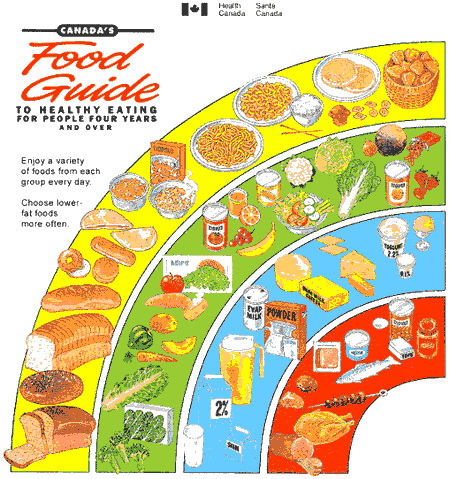
UK food pyramid (the “Eat Well Plate”)
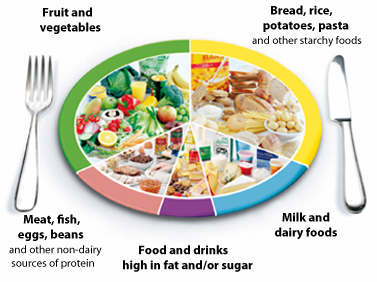
Irish food pyramid
Indian food pyramid
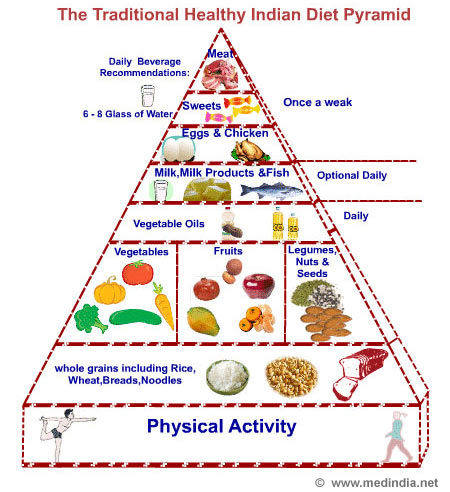
Okinawa (Japan) food pyramid
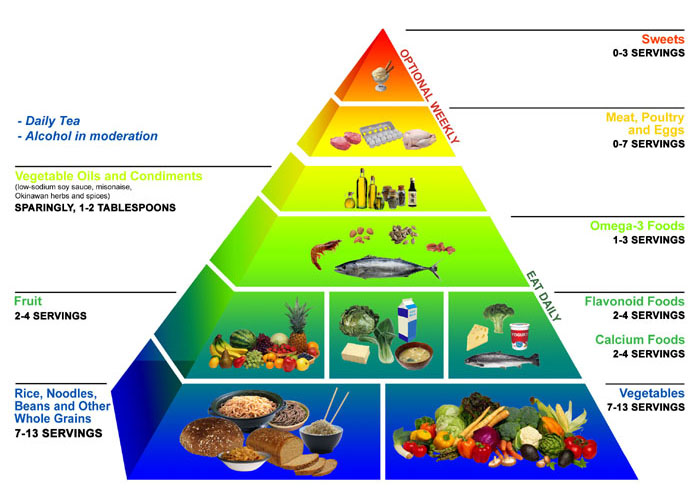
Estonian food pyramid
Czech food pyramid
Hungarian food pyramid (the Hungarian House)
Austrian food pyramid
Latvian food pyramid
Spanish food pyramid
Belgian food pyramid
Swiss food pyramid
The basics are universal.
You will notice some commonalities across all these diagrams (aside from the “pyramid” analogy still used ion a couple of them). Grains are always at the base. Not ideal for a low-carb diet, but whole grains are the foundation of each of these regimes.
READ ALSO: What are the world’s healthiest foods?
In some cases, water is placed before grains, and in some cases physical activity is, too. As important as hydration and fitness are to your health (so are sleep and sanitation, by the way), there are not directly part of the nutrition.
And in each case, vegetables and fruits come in close behind the grains. between these two categories, however each system divides them up, you have the majority of the food you should be eating.
At the top of the pyramid, there are some differences. The Canadian and western European pyramids place a great deal of value on dairy products, a nod to a very strong dairy industry lobby. In fact, there really is no logical reason for these to be a separate food group.
Don’t get me wrong – I am a big fan of getting protein from milk. But that is already covered in the protein food group.
READ ALSO: The cheapest ways of getting your protein
And in the dark Canadian winters, the vitamin D added to milk is pretty important. But we don’t give vitamin A foods their own group.
And the calcium in milk is also important. But we don’t give foods high in iron their own food group.
The Indian food pyramid includes milk with proteins – but then it divides proteins in three. Go figure!
If you roughly follow any one of these plans, you will be doing fairly well. Don’t sweat the details. Get the proportions right, eat lots of variety and serve food as close to its natural state as possible…and you’ll be way ahead of most people I know.
(Photo credit for most of the European diagrams: www.eufic.org)


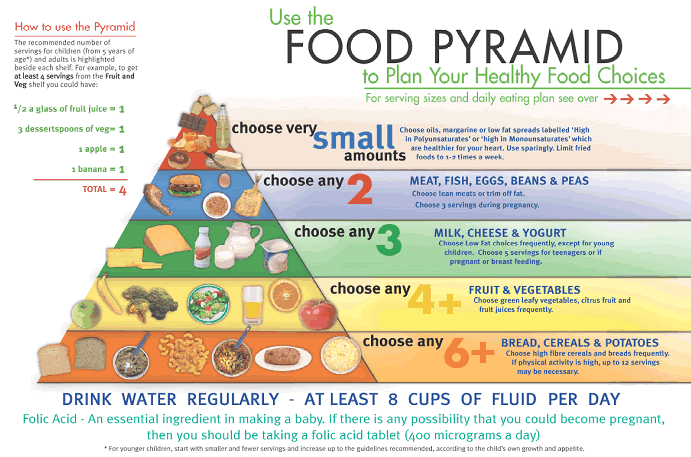
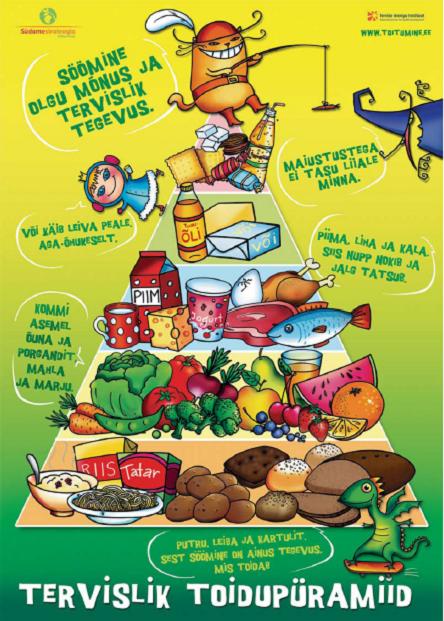
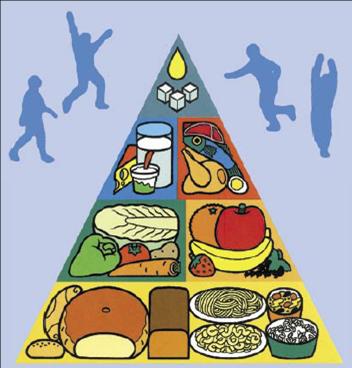
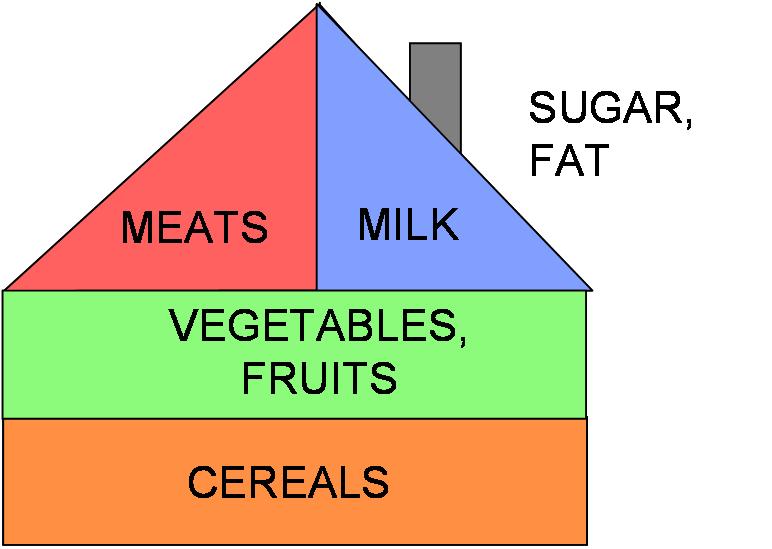
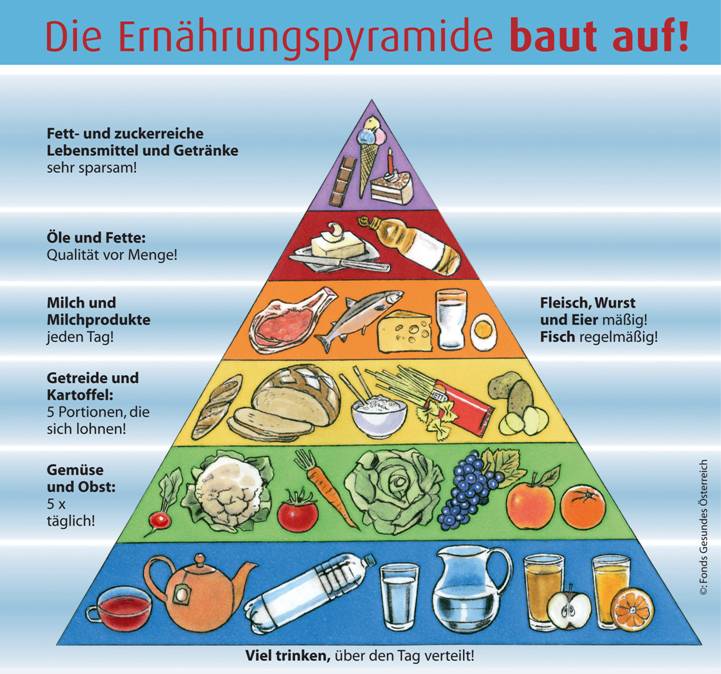

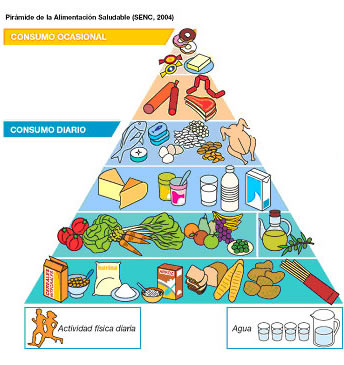
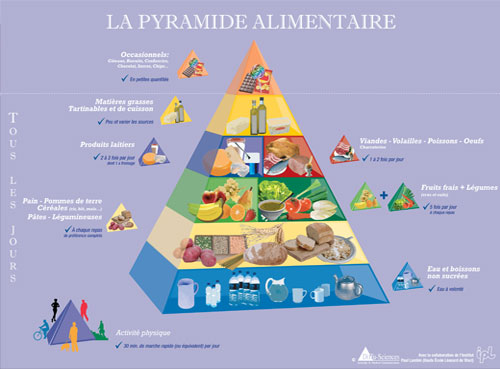
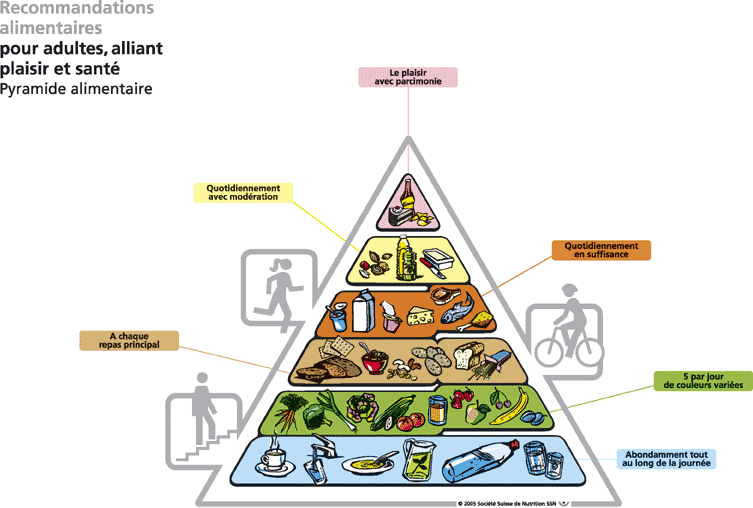

Do you think it’s a typo or a slip of thought that the Indian pyramid stipulates that meat is once a weak?
This is so because in India a large percentage of the population gets most of its protein from legumes (lentils).
Roy it is a largely vegetarian country for religious reasons. I am wondering why some countries list grains as the biggest and other countries list fruits and vegetables. Maybe something to do with the agricultural industry in developed countries….?
I had no idea about food pyramid for different countries. My favorite is Japanese food pyramid. Great post.